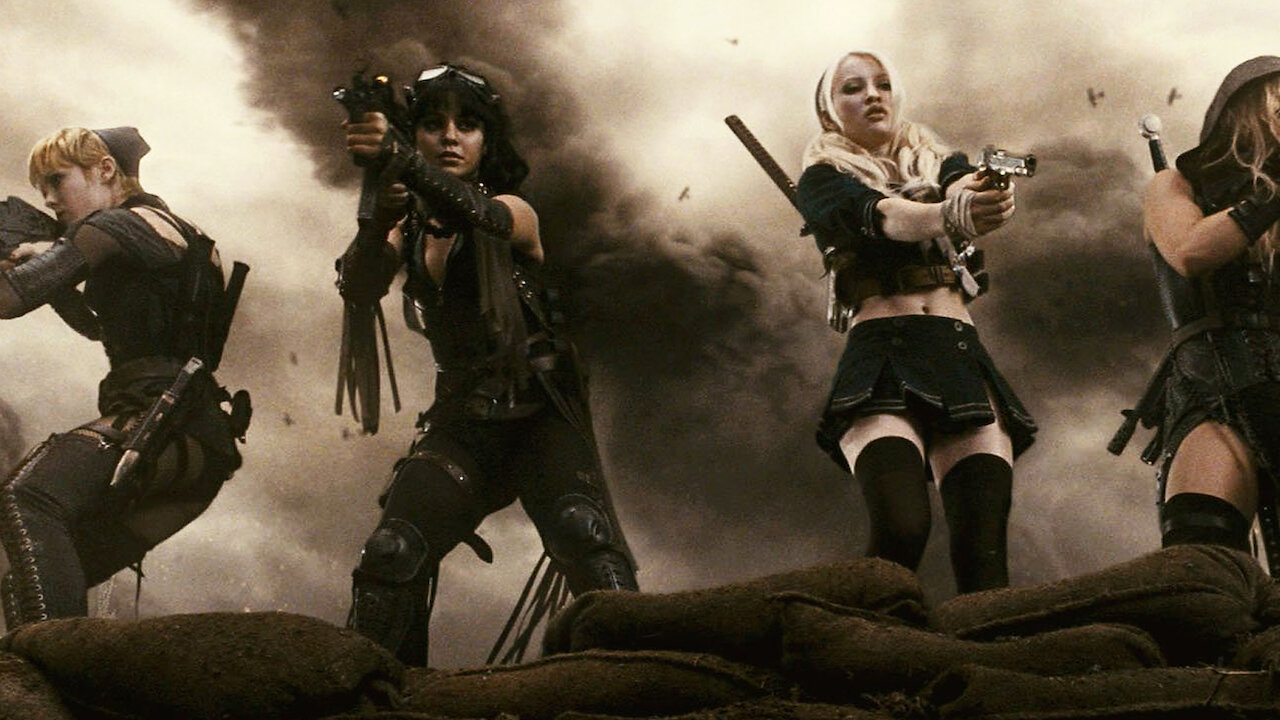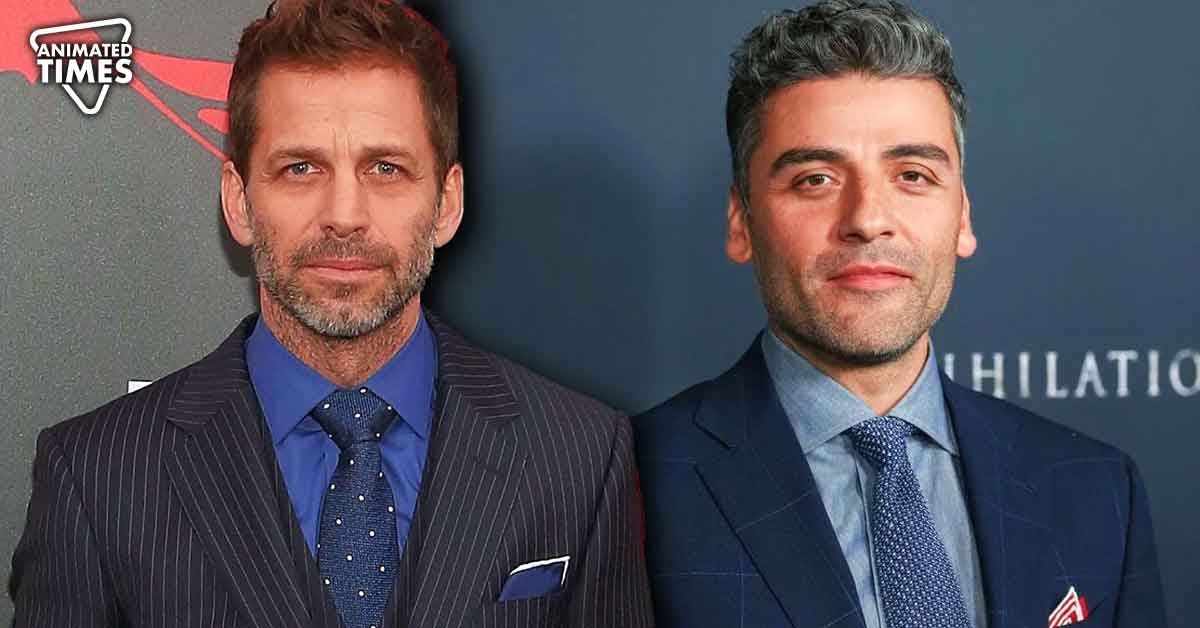Zack Snyder Wishes to Repeat History, Wants Another Director’s Cut for Marvel Star Oscar Isaac’s $82 Million Movie
In the cinematic landscape of 2011, director Zack Snyder embarked on a bold and ambitious endeavor, giving life to a visually mesmerizing film known as Sucker Punch. At its heart was the compelling tale of a young woman named Baby Doll, portrayed by the talented Emily Browning, who found herself ensnared within the complexity of her own mind. Joined by an ensemble cast that included Abbie Cornish, Jena Malone, Vanessa Hudgens, Jamie Chung, Carla Gugino, and Oscar Isaac.

However, despite the ambitious vision and the fervent dedication poured into its creation, Sucker Punch found itself at the mercy of critical judgment. Reviews, like tempestuous winds, were unforgiving, bestowing upon the film a storm of negativity that echoed through the corridors of cinematic discourse. Commercially, the film faced turbulent waters as well, charting a course toward the realm of financial loss. In a recent turn of events, Zack Snyder emerged from the shadows of time, a cinematic alchemist striving to refine his creation. He candidly revealed his intentions to unveil a director’s cut, an extended tapestry of his vision.
Zack Snyder’s Ambitious for Reviving Fantasy of Sucker Punch

In addition to the film’s troubled history, Zack Snyder has revealed his future plans to unveil a director’s cut for Sucker Punch. He has expressed his desire to eventually share this alternate version with the audience, providing a fresh perspective on the narrative. In this unreleased iteration, the film’s original ending takes center stage. In this conclusion, Baby Doll, already subjected to a lobotomy, finds herself in the basement confronted by Blue. A bright light from a police officer’s flashlight shines in the dark, and everything around them seems to break apart. Baby Doll then comes out and stands on an imaginary stage.
Also Read: Henry Cavill’s Superman’s Legacy is Still Not Over in James Gunn’s DCU After His Exit
She sings a spooky version of a song called “Ooh, Child” by Blondie, and it sounds like other people who are not alive anymore are singing with her. This part of the movie feels strange and interesting at the same time. It shows both feelings of hope and sadness mixed together, especially because Baby Doll’s brain was changed.
Zack Snyder’s original vision for Sucker Punch included a different ending that didn’t align with Warner Bros.’ expectations. This creative divergence led to adjustments that shaped the film as it was ultimately released. The movie, with its production budget of $82 million, faced challenges at the box office, grossing a total of $89 million globally. Despite its financial performance and initial critical reception, the prospect of a director’s cut brings renewed interest and curiosity, offering a glimpse into the untold layers of this visually striking and conceptually intricate cinematic experience.
Analyzing the Controversy Surrounding Female Characters in Sucker Punch

The film Sucker Punch found itself engulfed in a wave of sharp criticism due to its perceived exploitation of female characters within its narrative tapestry. The review contended that the film’s marketing, which seemingly presented it as a beacon of female empowerment, was at odds with the underlying reality of its creation—a world crafted as fodder for the fantasies of adolescent boys. Zack Snyder, the visionary behind the film, openly acknowledged the chorus of disapproval that reverberated within the realm of cinematic discourse. Reflecting on the criticism, Snyder remarked,
“I feel like the main criticism of the film was that it was too exploitative. People took the movie as if the girls fighting and all that stuff was the movie. I found that slightly disheartening.”
The director tailored the movie to cater to audience preferences, prioritizing the girls’ attractiveness over their strength and empowerment. This concept drove the movie’s creation. Interestingly, he finds it ironic that some label the movie exploitative, likening it to a war film that accurately depicts war. In essence, he sees the accusation of exploitation as paradoxical given the movie’s original intent.
Source: Variety





